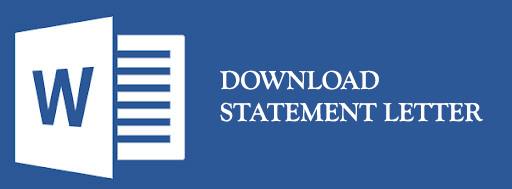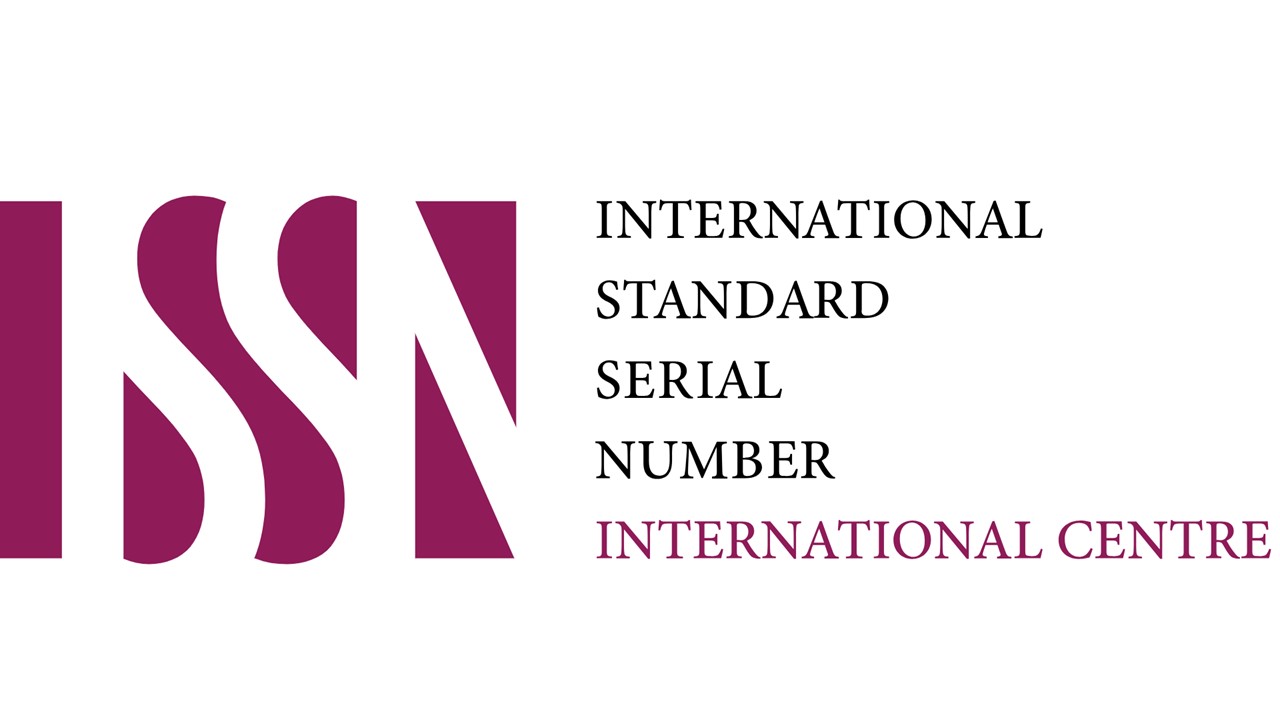Gizi Seimbang dan Tablet Tambah Darah sebagai Upaya Preventif dan Penyelesaian Masalah Anemia Remaja
DOI:
https://doi.org/10.62358/v9jjxb90Keywords:
anemia, remaja, gizi seimbang, tablet tambah darahAbstract
Anemia merupakan masalah yang terjadi hampir di seluruh dunia sehingga masalah ini disebut dengan masalah global. Masalah global ini mempengaruhi hampir 1,93 juta orang di dunia. Kelompok usia remaja, terutama remaja putri adalah salah satu kelompok usia yang rentan mengalami anemia dikarenakan remaja mengalami perubahan secara fisik termasuk perubahan biologis, maupun psikologis yang berlangsung secara cepat dan seringkali tidak didukung oleh asupan zat gizi yang optimal. Gizi seimbang dan TTD merupakan sebagian kecil cara untuk mencegah dan mengatasi anemia. Informasi terkait pentingnya Gizi Seimbang dan TTD pada masyarakat terutama pada kelompok sasaran harus dapat disampaikan secara rutin dan terus menerus. Promosi kesehatan saat ini menjadi salah satu metode yang cukup tepat untuk melibatkan masyarakat dalam penyelesaian masalah gizi. Pemberdayaan masyarakat diharapkan dapat menargetkan perubahan sosial ekonomi dan budaya yang cukup kompleks. Metode yang digunakan pada pelaksanaan kegiatan ini adalah ceramah interaktif (diskusi) dan demonstrasi. Kegiatan ini dilaksanan secara tatap muka pada Hari Rabu 11 Desember 2024 bertempat di Masjid SMP N 4 Tuban dengan dihadiri oleh 121 orang siswa siswi dan didampingi oleh guru BK setempat. Sebagian besar responden adalah perempuan, sebagian besar responden memiliki status gizi normal dan sebagian kecil responden perempuan memiliki mengalami KEK. Adapun hasil post test pada responden menunjukkan sebagian besar responden mampu menjawab pertanyaan sebanyak lebih dari 50% dari pertanyaan yang diberikan. Selain itu responden tampak antusias saat menjawab pertanyaan-pertanyaan yang diberikan selama sesi pemberian quiz.
Downloads
References
Kassebaum, N. J., & GBD 2013 Anemia Collaborators (2016). The Global Burden of Anemia. Hematology/oncology clinics of North America, 30(2), 247–308. https://doi.org/10.1016/j.hoc.2015.11.002
Balarajan, Y., Ramakrishnan, U., Ozaltin, E., Shankar, A. H., & Subramanian, S. V. (2011). Anaemia in low-income and middle-income countries. Lancet (London, England), 378(9809), 2123–2135. https://doi.org/10.1016/S0140-6736(10)62304-5
Haas, J. D., & Brownlie, T., 4th (2001). Iron deficiency and reduced work capacity: a critical review of the research to determine a causal relationship. The Journal of nutrition, 131(2S-2), 676S–690S. https://doi.org/10.1093/jn/131.2.676S
Dinas Kesehatan Kabupaten Tuban (2022). Rekap Triwulan I-IV Tahun 2022
Newhall, D. A., Oliver, R., & Lugthart, S. (2020). Anaemia: A disease or symptom. The Netherlands journal of medicine, 78(3), 104–110
Hackley, B., Krieb, J., & Roussea, M (2020). Buku Ajar Bidan Pelayanan Kesehatan Primer (Vol. 2) Jakarta : EGC
Kapil, U., Kapil, R., & Gupta, A. (2019). Prevention and Control of Anemia Amongst Children and Adolescents: Theory and Practice in India. Indian journal of pediatrics, 86(6), 523–531. https://doi.org/10.1007/s12098-019-02932-5
Lahiri, A., Singh, K. D., Ramaswamy, G., Yadav, K., Sethi, V., Scott, S., ... & Menon, P. (2020). Iron deficiency is the strongest predictor of anemia in indian adolescents aged 10–19 years: evidence from the comprehensive national nutrition survey. Current Developments in Nutrition, 4, nzaa067_046.
Brittenham, G. M., Moir-Meyer, G., Abuga, K. M., Datta-Mitra, A., Cerami, C., Green, R., Pasricha, S. R., & Atkinson, S. H. (2023). Biology of Anemia: A Public Health Perspective. The Journal of nutrition, 153 Suppl 1, S7–S28. https://doi.org/10.1016/j.tjnut.2023.07.018
Permenkes RI Nomor 41 Tahun 2014 tentang Pedoman Gizi Seimbang (2014). Menteri Kesehatan Republik Indonesia
Engle-Stone, R., Aaron, G. J., Huang, J., Wirth, J. P., Namaste, S. M., Williams, A. M., Peerson, J. M., Rohner, F., Varadhan, R., Addo, O. Y., Temple, V., Rayco-Solon, P., Macdonald, B., & Suchdev, P. S. (2017). Predictors of anemia in preschool children: Biomarkers Reflecting Inflammation and Nutritional Determinants of Anemia (BRINDA) project. The American journal of clinical nutrition, 106(Suppl 1), 402S–415S. https://doi.org/10.3945/ajcn.116.142323
Chaparro, C. M., & Suchdev, P. S. (2019). Anemia epidemiology, pathophysiology, and etiology in low- and middle-income countries. Annals of the New York Academy of Sciences, 1450(1), 15–31. https://doi.org/10.1111/nyas.14092
Camaschella C. (2015). Iron-deficiency anemia. The New England journal of medicine, 372(19), 1832–1843. https://doi.org/10.1056/NEJMra1401038
Beard, J. L., Connor, J. R., & Jones, B. C. (1993). Iron in the brain. Nutrition reviews, 51(6), 157–170. https://doi.org/10.1111/j.1753-4887.1993.tb03096.x
Piñero, D. J., & Connor, J. R. (2000). Iron in the brain: an important contributor in normal and diseased states. The Neuroscientist, 6(6), 435-453.
Chen, Z., Yang, H., Wang, D., Sudfeld, C. R., Zhao, A., Xin, Y., Chen, J. C., Fawzi, W. W., Xing, Y., & Li, Z. (2022). Effect of Oral Iron Supplementation on Cognitive Function among Children and Adolescents in Low- and Middle-Income Countries: A Systematic Review and Meta-Analysis. Nutrients, 14(24), 5332. https://doi.org/10.3390/nu14245332
Low, M., Farrell, A., Biggs, B. A., & Pasricha, S. R. (2013). Effects of daily iron supplementation in primary-school-aged children: systematic review and meta-analysis of randomized controlled trials. CMAJ : Canadian Medical Association journal = journal de l'Association medicale canadienne, 185(17), E791–E802. https://doi.org/10.1503/cmaj.130628
Gutema, B. T., Sorrie, M. B., Megersa, N. D., Yesera, G. E., Yeshitila, Y. G., Pauwels, N. S., De Henauw, S., & Abbeddou, S. (2023). Effects of iron supplementation on cognitive development in school-age children: Systematic review and meta-analysis. PloS one, 18(6), e0287703. https://doi.org/10.1371/journal.pone.0287703
Kumar, S., & Preetha, G. (2012). Health promotion: an effective tool for global health. Indian journal of community medicine : official publication of Indian Association of Preventive & Social Medicine, 37(1), 5–12. https://doi.org/10.4103/0970-0218.94009
Kassebaum, N. J., Jasrasaria, R., Naghavi, M., Wulf, S. K., Johns, N., Lozano, R., Regan, M., Weatherall, D., Chou, D. P., Eisele, T. P., Flaxman, S. R., Pullan, R. L., Brooker, S. J., & Murray, C. J. (2014). A systematic analysis of global anemia burden from 1990 to 2010. Blood, 123(5), 615–624. https://doi.org/10.1182/blood-2013-06-508325
Coad, J., & Pedley, K. (2014). Iron deficiency and iron deficiency anemia in women. Scandinavian journal of clinical and laboratory investigation. Supplementum, 244, 82–89. https://doi.org/10.3109/00365513.2014.936694
Fauziah, L. F., Royyifi Arifin, A. D., Duwairoh, A. M., & Antika Falentina, I. (2024). HUBUNGAN ASUPAN ZAT BESI DENGAN LINGKAR LENGAN ATAS PADA REMAJA PUTRI. Jurnal Mitra Kesehatan, 6(2), 105–115. https://doi.org/10.47522/jmk.v6i2.303
World Health Organization [WHO]. Global Strategy on Diet, Physical Activity and Health; WHO: Geneva, Switzerland, 2004; Available online: https://www.who.int/publications/i/item/9241592222 (accessed on 12 December 2024).
Gillies, C., Te Molder, H., & Wagemakers, A. (2023). Health Promotion Values Underlying Healthy Eating Strategies in The Netherlands. International journal of environmental research and public health, 20(14), 6406. https://doi.org/10.3390/ijerph20146406
Downloads
Published
Issue
Section
License
Copyright (c) 2025 Media Pengabdian Kesehatan Indonesia

This work is licensed under a Creative Commons Attribution-NonCommercial-ShareAlike 4.0 International License.
This work is licensed under CC BY-NC-SA 4.0 
- MEDIA PENGABDIAN KESEHATAN INDONESIA journal is the copyright owner of all materials published on this website.
- The formal legal provisions for access to digital articles of this electronic journal are subject to the terms of the Creative Commons Attribution-NonCommercial-ShareAlike license (CC BY-NC-SA 4.0), which means that MEDIA PENGABDIAN KESEHATAN INDONESIA journal and readers reserve the right to save, transmit media / format, manage in database, maintain, and publish articles as long as it continues to include the name of the Author.
- Published electronic manuscripts are open access for educational, research and library purposes. In addition to these objectives, the editorial board shall not be liable for violations of copyright law.















